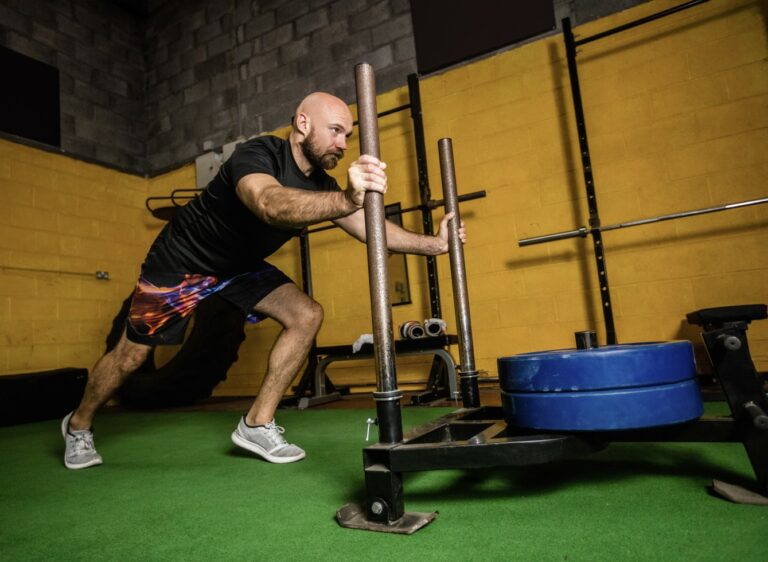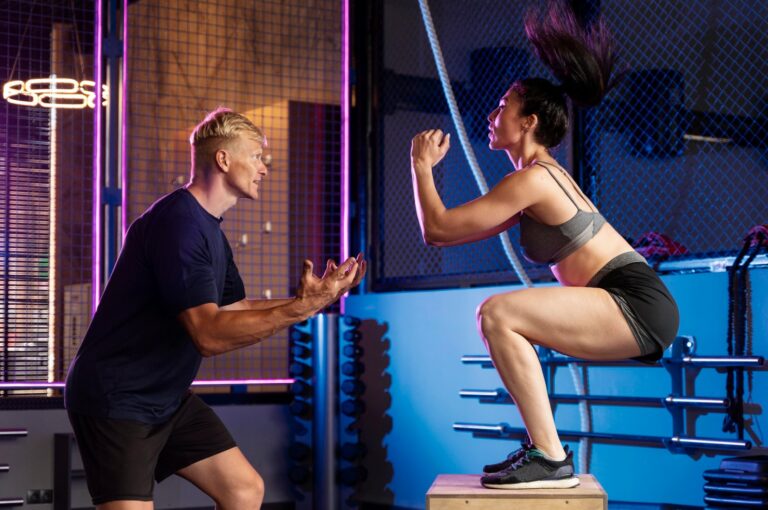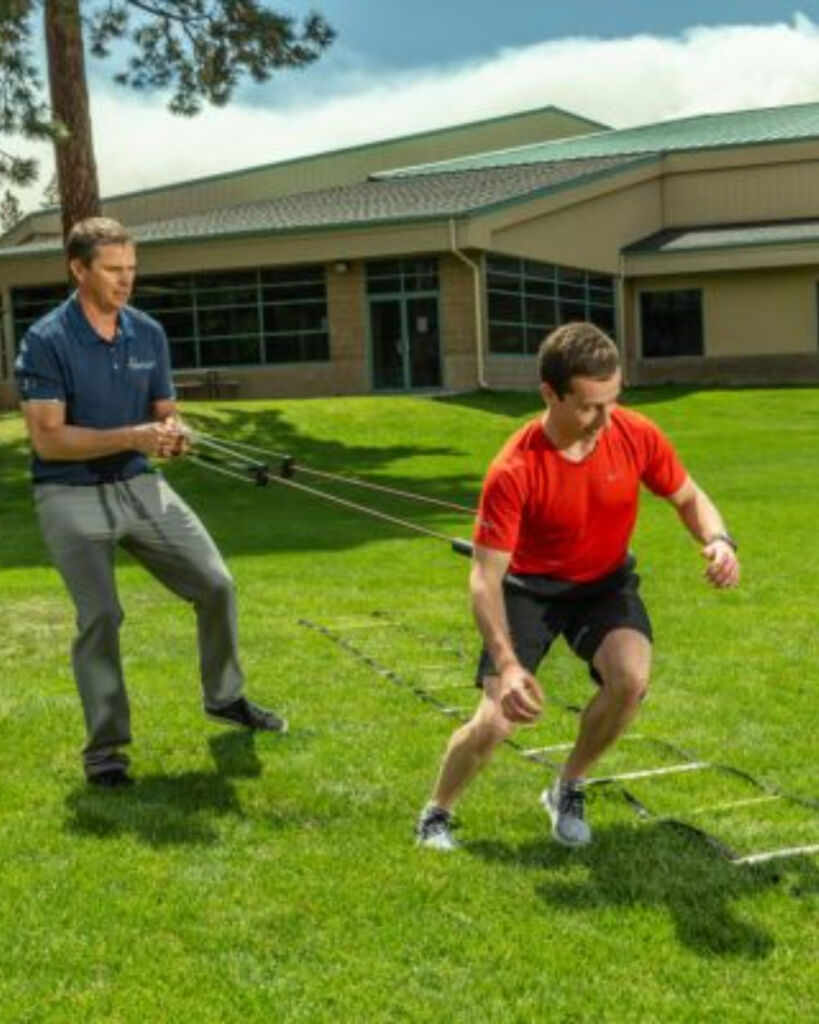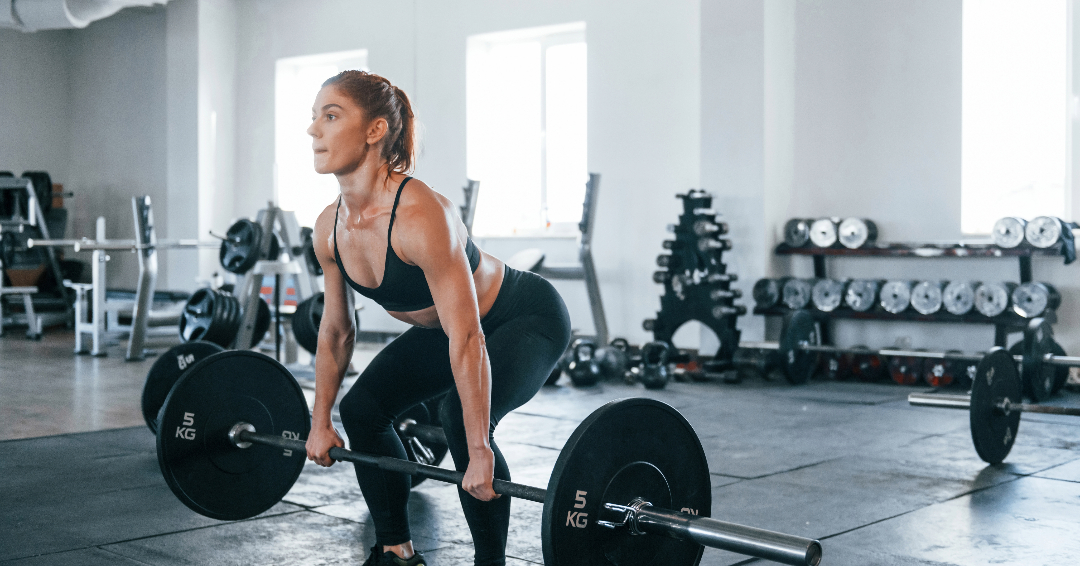The symbiotic relationship between CrossFit and PT for injury prevention and peak performance.
by Kayci Smith – Therapeutic Associates intern and student of the University of Utah Doctor of Physical Therapy program
As a person who has a passion for all things movement-related and as someone who gets bored of routine easily, it’s no wonder that CrossFit and I found each other. CrossFit has had a staggering rise to fame over the past few years, and it continues to have a steady growth in popularity all across the world due to its unique and ever-changing “Workouts of the Day” (WODs) that are inviting to all ages, skill levels, and abilities.

CrossFit is a high-intensity sport that combines a small amount of many different sports and fitness capabilities into one. Weightlifting (power clean, snatch, squat, deadlift, etc.), gymnastics (handstands, bar work, etc.), cardiovascular conditioning (running, rowing, biking, etc.), plyometrics (jump rope, box jumps, etc.) and so many other modalities are a part of the CrossFit world. This dynamic aspect of the sport is keeping things fun and interesting for all involved.
What is special to most CrossFit gyms is the ability to “scale” workouts for any individual of any age and any ability. If something is too difficult or too easy in terms of weight, skill, distance, etc. there are always alternatives so that each person can take part in the workout as a group.
With such a varied and high-intensity sport, that individuals across all abilities and age ranges are performing, comes a lot of inherent risks for injuries. Although CrossFit works to improve strength, agility, cardiovascular health, and more, there are still a few key players that seem to be missing. With its intensity combined with its complexity, if not approached with the proper care and knowledge, CrossFit can lead to injuries even for the most seasoned athlete.

Working with a physical therapist can be a key to unlocking your highest level of injury-free performance yet! So, whether you are an intense all-in member of your CrossFit gym or even looking to book your first class, here are some tips, tricks, and exercises to keep you safe and healthy for the long term from a physical therapist’s perspective.
The role of physical therapy in CrossFit
There are many common injuries seen in CrossFitters. The role of physical therapy boils down to one simple thing: to help you become the best “you” there is. PT helps unlock peak performance and aids in your journey to a pain-free life and recreation.
Here are the top two ways PT helps support CrossFit athletes.
- Injury assessment and rehabilitation
- Precision in diagnosis: Physical therapists are movement and musculoskeletal experts. They will help to identify what factors are involved in an injury and what tissues are involved.
- Individualized treatment plan: Physical therapists are trained to tailor a treatment plan that is unique to you and your injury. They will come up with the best way to approach the rehabilitation process that will lead you to achieve your ultimate goals in the rehab process.
- Functional Rehabilitation: PTs care about more than just pain levels and outcome measures! PTs are looking to restore your full functional capacity and get you back to doing the things you love, all in a safe and fulfilling way for you.
- Education and prevention: This is the key to success for many CrossFit athletes — the role of prevention is lengthier and more time-consuming than most rehab stints. Prevention is an ever-lasting relationship with you and your body to keep you doing the things that are near and dear to your heart. Education can help aid in an individual’s understanding of so many different aspects of their own body and how they can help themselves to have longevity in their sport and prevent future injuries. See below for injury prevention tips and tricks.
- Injury prevention:
- Functional, biomechanical, and mobility movement analysis: a physical therapist can help identify imbalances in strength and limitations in mobility and address functional movement patterns by working on form that is best suited for your individual anatomy.
- Individualized exercise programs: PTs can help guide an exercise program tailored to your individual needs, which may be missed with general programming at most gyms. A PT considers contextual and personal factors of your life and body to develop a program that best suits your needs.
- Nutrition and recovery: PTs are all-around human body gurus and lots of them have extra licensing in nutrition. Finding someone with this extra knowledge will be worth it, in the long run, to ensure you are fueled and ready to tackle all of life and CrossFit’s challenges that are thrown your way. Recovery is arguably just as important as the actual workout portion. A PT will help guide a cool-down and recovery regime that works best for you.
Although seeing a PT is your best bet at getting a customized program that is best fitted for exactly what you need, there are a few general exercises that I see most individuals need as CrossFit has a gap in movements. Lots of movements in our world are on a straight plane and lack rotational aspects. Think lunges, deadlifts, squats, bench press, etc. These movements are great, but they lack one key thing that we do in everyday life: twisting and/or resisting the twist (anti-rotational exercises). I also do not see a lot of side movements occurring in CrossFit, except for the occasional box-step-over that is sometimes completed in a lateral fashion for maximum efficiency.
So, with these in mind, here are 3 exercises that will help bring your body to the next level so you can bring your A-game in CrossFit and in life!
In addition to the above exercises – I would highly recommend you check out this wicked deep core exercise to keep your internal “brace” (your transverse abdominis!) strong and healthy to protect your lumbar spine and keep you in good shape during heavy lifts. We do a lot of core exercises, but not necessarily with a focus on that deepest layer of abdominals – so check this BLOG out and give it a try for one of the best core burns ever!
Resources:
Martínez-Gómez, Rafael, et al. “Effects of an injury prevention program in CrossFit athletes: a pilot randomized controlled trial.” International journal of sports medicine (2021): 1281-1286.
Mehrab, Mirwais, et al. “Risk factors for musculoskeletal injury in CrossFit: systematic review.” International Journal of Sports Medicine (2022).
Mehrab, Mirwais, et al. “Injury incidence and patterns among Dutch CrossFit athletes.” Orthopaedic journal of sports medicine 5.12 (2017): 2325967117745263.

Optimize your CrossFit performance through PT.
From injury recovery to achieving optimal performance, as physical therapists our passion is to help every patient reach their goals and live an active, pain-free life. Get started with PT today!
